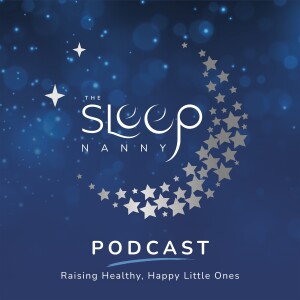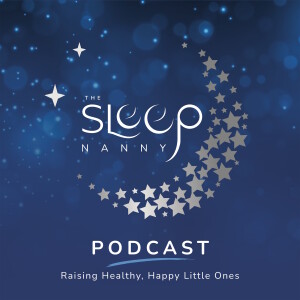
https://youtu.be/Ug2MT5iNHok
When the clocks go forward and we spring forward an hour, how do we get the best from our little ones sleep and how do we avoid them completely coming off track and not being able to sleep very well, this is Part 3 of the Clock Change miniseries and I am giving you my third approach and option, which is the All In One Go approach. I’m going to explain to you how this is different in the spring to how it works in the autumn, and why you may or may not want to go with this option.
Let me explain how the All In One Go works. It’s actually quite simple, in that, you just move the bedtime earlier by one hour, all in one go, and you do that on the Saturday night. So the clocks are going to change during the night between Saturday and Sunday. When you go to bed on Saturday, they’re going to change by the time you’ve woken up on Sunday. And the All In One Go approach is to move bedtime earlier on that Saturday night. So if your little one is usually going to bed and falling asleep for 7:00 PM, on Saturday night, we’re going to make it 6:00 PM, a whole hour different. That way, when they go to sleep, they will sleep their normal number of hours through the night, and then wake up at their normal wake up time, because the clock will have jumped forward an hour during sleep.
That sounds pretty straightforward, right? That’s pretty simple, we just move bedtime earlier by an hour. But here’s some reasons why you may or may not want to go for this. This approach means that you need to be able to go to sleep one hour earlier than you normally would, a whole hour earlier. Now, normally I would say, if your little one is very sensitive to change and to times, if they’re a younger baby and they’re taking lots of naps in the day, then every minute really counts, and they’re going to notice this is a big jump, it’s a big expectation. Whereas, the easier-going ones and often the older children can normally cope with a bigger change, like a whole hour change in one go.
But that’s a lot easier to do in the autumn than it is in the spring. Why? Because in the autumn, we move our bedtime later by an hour. And it is much easier for the human body to stay awake for an extra hour than it is to go to sleep an hour sooner, because you have to be tired enough. We can be tired and keep ourselves awake an extra hour, more easily than we can make ourselves sleepy enough to go to sleep an hour earlier. And that’s one of the biggest differences in the spring compared to the autumn clock change.
So have a think about how your little one might be. Do you think they are tired enough to go to bed an hour earlier?
In some cases, this could be the perfect opportunity if you know that your little one is exhausted, has been maybe really struggling and needs some extra sleep. And actually, going to bed an hour earlier might be the absolute best possible thing, and here’s a great opportunity for it. But on the flip side, if you think, “No way, my little one will not be tired.” Perhaps they’re still having a nap in the day and it just won’t work, or maybe you need to alter something there to make it work. But if you just think that falling asleep an hour earlier is not going to happen, then in that case, you want to have a look back at the last two blogs where I covered different approaches to make this a bit more gradual and make the transition a little less sudden, and help take the time with it.
There is no right or wrong answer here, just options and suggestions to try to smooth that change into the new clock time, it’ about what is best for your child.
I’d love to know which approach you’re going for with this coming clock change, why not pop us a message over on our social media to let us know and how it goes.
Take care, sleep well and if you want to know even more about sleep before then why not download my Sweet Dreams videos full of tips and tricks for getting your little ones to sleep soundly.
More Episodes
 2021-10-05
2021-10-05
 16
16
 2021-09-07
2021-09-07
 20
20
 2021-07-27
2021-07-27
 28
28
 2021-07-13
2021-07-13
 14
14
 2020-12-22
2020-12-22
 46
46
 2020-12-08
2020-12-08
 22
22
 2020-12-01
2020-12-01
 17
17
 2020-11-24
2020-11-24
 13
13
 2020-11-17
2020-11-17
 13
13
 2020-11-10
2020-11-10
 11
11
 2020-11-03
2020-11-03
 17
17
Create your
podcast in
minutes
- Full-featured podcast site
- Unlimited storage and bandwidth
- Comprehensive podcast stats
- Distribute to Apple Podcasts, Spotify, and more
- Make money with your podcast
It is Free
- Privacy Policy
- Cookie Policy
- Terms of Use
- Consent Preferences
- Copyright © 2015-2024 Podbean.com






